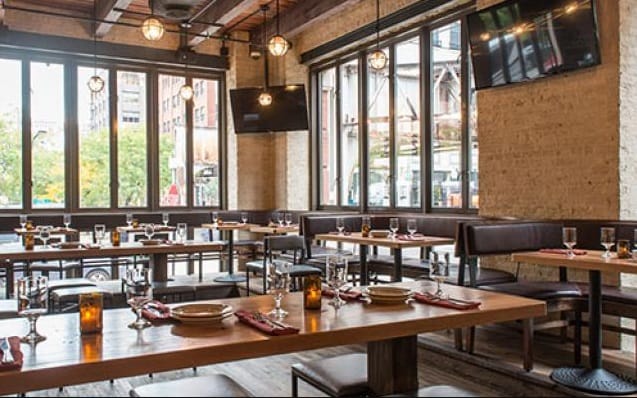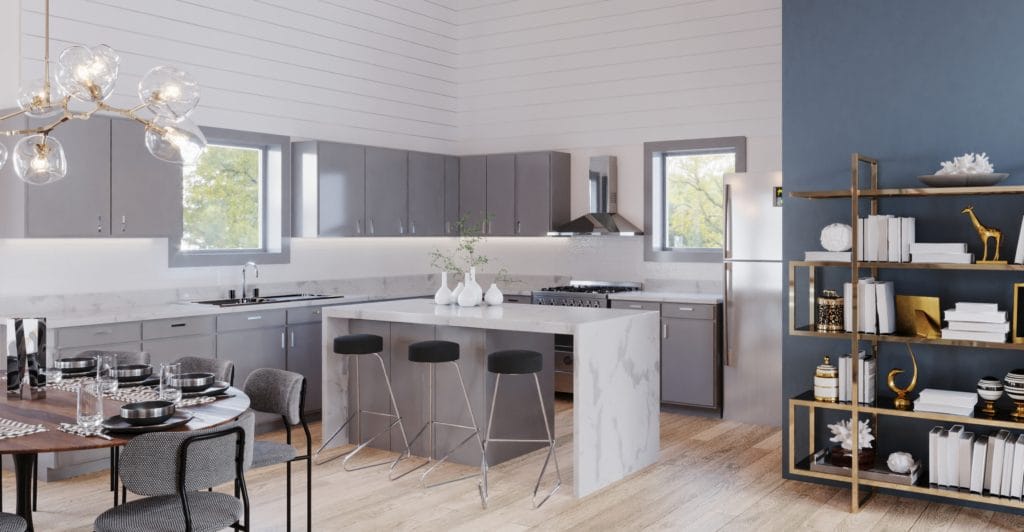Age-Friendly Home: More Renovation Tips
In the previous article, we have covered the topic of age-friendly home remodeling, and the ways proper adaptations can enable safe and comfortable aging-in-place. Here we will highlight some details that require special attention.
Age-Friendly Home Bathroom: Walk-in Bathtub or Walk-in Shower?
A walk-in bathtub is a favorite among some seniors who experience fatigue often and prefer to sit and bath over standing in the shower. Both solutions have their pros and cons, though. While a walk-in bathtub might be a more comfortable and more affordable investment at the start, it also costs more to use long-term.
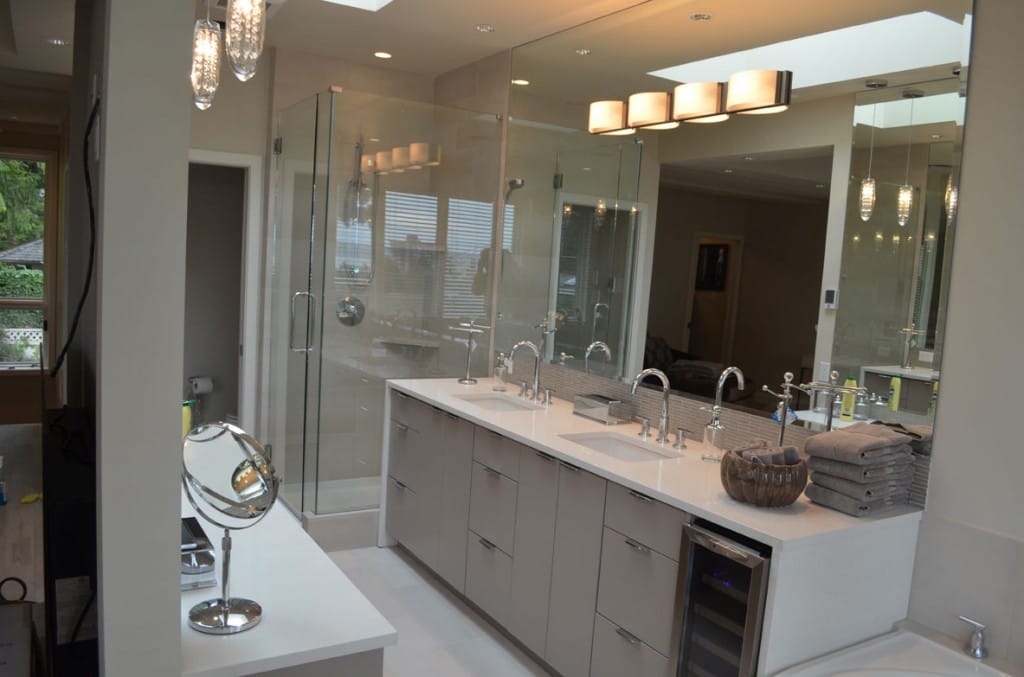
A walk-in shower with an energy-efficient showerhead will not just ease your life. It will also save you some money on your water bill, up to 30%. Furthermore, it will make your property more competitive in the market, if you ever decide to sell. A renovated, modernized bathroom adds value to your home.
For seniors with demanding physical conditions, there are also hands-free shower chairs that fit into a walk-in shower.
Grab Bar for Shower/ Tub
Installing grab bars in the right places all around the bathroom is obligatory for an age-friendly home. Equally important is to make sure they are installed correctly and sturdy enough to support sudden shocks and substantial weight.
Safety bars can help people move around the bathroom more securely. It supports the body in case of sudden fatigue and protects you from injuries if you slip on the wet floor. Properly installed and conveniently positioned safety bars can help prevent bathroom accidents or even death.
Permanently installed safety bars must be anchored to the wall and made of durable materials like stainless steel. Don’t confuse them with suction cup bars, as those are intended only to provide limited assistance with balance.
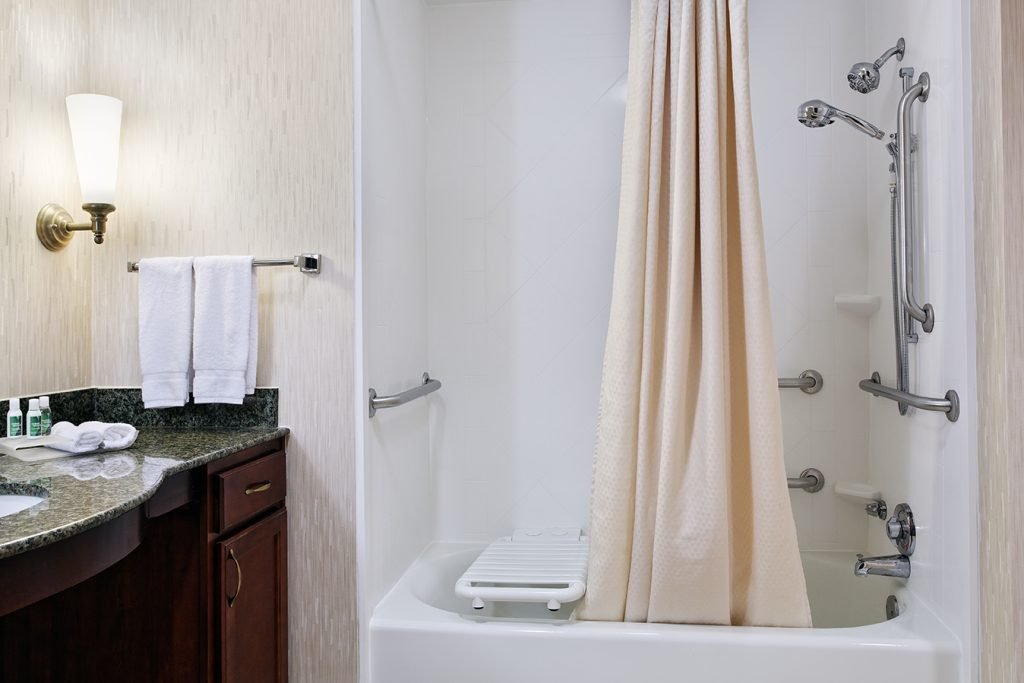
Ideally, there should be a vertical entrance bar on a wall opposite the faucet wall, and another one on the faucet wall. For additional safety, one or two horizontal safety bars should be on a side wall, too. That way, you’ll have a bar available in any situation or position.
Grab Bar for Toilet
Grab bars for the toilet, ideally, come as a pair that surrounds both sides and hosts both arms for proper support. Those are fixed to the wall behind, at one point each. Adequate installation is obligatory to ensure full safety.
If your bathroom is small and you also worry about aesthetics, opt for multifunctional bars, like 2-in-1. These can also serve other practical purposes, such as holding hand-towels or toilet paper. Other options are wavy bars or long corner grab bars. The latter is a continuous rail that can stretch from the toilet to the door and makes an ideal solution if you need both vertical and horizontal support.
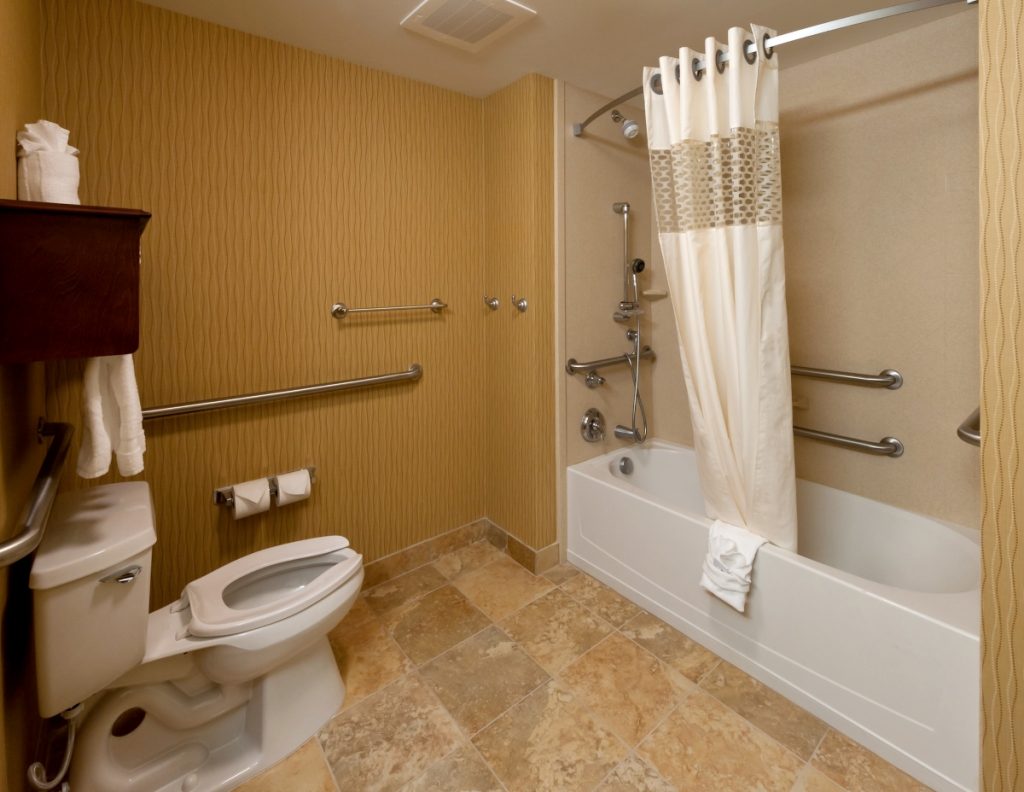
Finally, there are moveable grab bars. Those can be hinged to the wall and swiveled or folded out of the way when not in use. These types of bars are ideal for larger toilet areas and people who don’t require bar support all the time.
Raised Toilet Seats
One of the significant challenges that come with age is bending down safely. An age-friendly home should feature modifications that bring things closer to a senior resident, eliminating most of the bending need. By raising the toilet seat up higher than a traditional toilet, we reduce the chance of an injury and minimize the pains.
Apart from helping seniors who suffer bending or standing difficulties, a raised seat also provides extra support while rehabbing from a surgery or an injury. The hinged toilet seat risers can add over three inches of height to a toilet and support up to several hundred pounds. Those are easy to install and present an excellent solution when buying a whole new toilet isn’t an option.
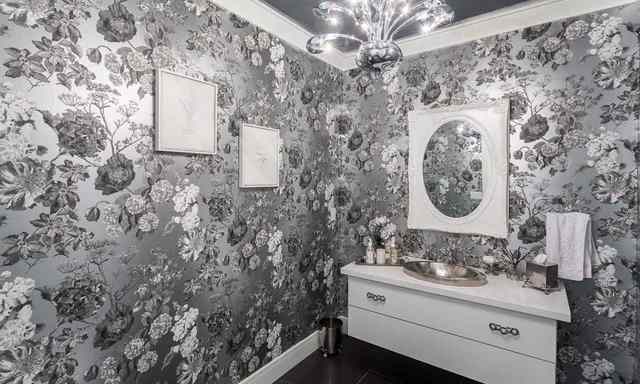
An age-friendly home should feature bathroom faucets that require no tight grasping, pinching, or twisting of the wrist. Ideally, those should be easy to operate with one hand and require very little to none force to activate.
Touchless faucet technology is one of the best innovations for age-friendly homes. Even if your existing manual faucet lever meets all the safety criteria, you can still see plenty of benefits after replacing it with a sensor-controlled alternative. Start from eliminating the need to turn a lever every time, especially with sore, arthritic hands.
Hand-Held Shower Head
Hand-held showerheads are recommended bathroom features for age-friendly homes to help safeguard bathing activities. Those bear the additional advantage of being affordable: a hand-held showerhead costs only a fraction of the price compared to a complete valve hand shower system.
Furthermore, if you opt for a tub instead of a walk-in shower, a hand-held showerhead will allow you to wash in any position you prefer, including seating.
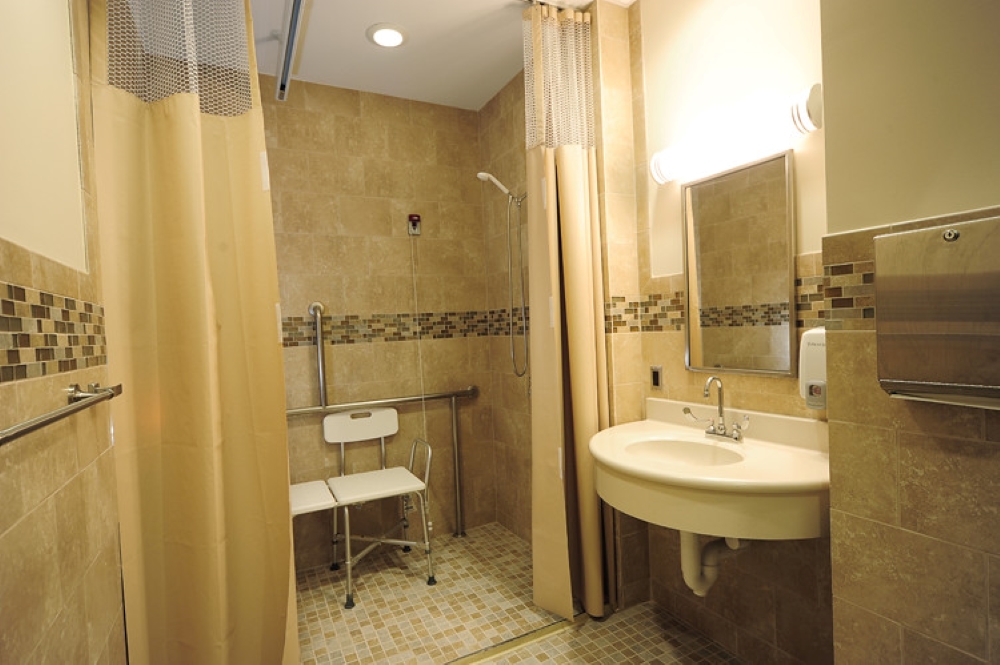
In the tub area, safety and body control can heavily depend on the position of the showerhead. If it stands too high, it may present a challenge to reach. If it’s too low, it may require bending and uncomfortable body positioning. Both options can have an advert effect on balance, leading to scalding or slips and falls. That is another example of why it’s best to skip DIY for an age-friendly home and hire professionals to do the work.
Age-Friendly Home Requires Improved Lighting
Some studies found that a 60-year-old senior needs a double amount of lighting compared to adolescents. While adding more light is the solution, it still needs to be followed by proper customizations. Distribution is important, as well as sources and locations. An ambient LED lighting setting will secure uniform distribution without increasing power consumption. It is also an excellent way to equalize lighting transitions between rooms and eliminate sudden flashes and contrasts.
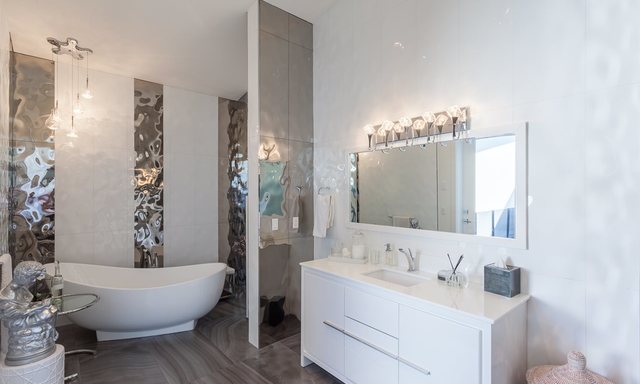
Shielding is good, as it prevents issues that can come with glare, so don’t avoid them in an attempt to secure more light. Keep in mind that quality is crucial, which sometimes also means that less is more.
Enclosed environments like showers can easily trap moisture and become prone to mould and mildew. Bathroom exhaust fans use electricity and aren’t always practical. A better way to increase air circulation is by raising the ceiling level, where possible. If you can follow that by replacing the windows, you could also secure a maximal amount of available daylight.
Slip-Resistance Flooring
One of the essential things to pay attention to if you make an age-friendly home is a floor. That particularly applies to bathrooms and walk-in showers. Opt for small, textured shower tiles rather than large, glazed ones. The abundance of grouting, together with the texture, will keep your feet from slipping and help you to move safely once the floor gets soapy and wet. Look for tiles that are easy to clean and resistant to mold, humidity, and stains.
Reduce Hot Water Tank Temperature
Adding a simple thermostatic valve to the fixture that keeps the water is a wise move. It allows maintaining a safe, consistent temperature within a few degrees and prevents shower water fluctuations from warm to cold or hot without warning.
While steady water temperature is something we can all appreciate, in an age-friendly home, it’s a must. Aging brings mobility challenges, and that means a senior’s muscles move and react progressively slower. Sudden temperature changes come as a shock, without any warning to get out of the way. That triggers impulsive reactions, putting a senior in several potentially dangerous situations that could result in an injury.
Avoid Sharp Edge Countertops
Laminate or quartz countertops are a common remodeling solution for bathrooms and kitchens. In an age-friendly home, those need to stand at the optimal height to provide additional safety. Installing one lower countertop or several countertops with varying levels allows for the diversity of use.
Regardless of countertop materials, it would be best if you make sure to avoid sharp edges. Those typical 90-degree angles can prove seriously problematic for seniors since a single false move can result in a painful injury. Avoid the risk by rounding off all countertop edges, either as a simple curve, bullnose, or a double-bevel.
Aging in place requires a properly adapted age-friendly home. To avoid the risk that comes with mistakes and lack of the right information, schedule a free professional consultation, and see what we can do for you.






